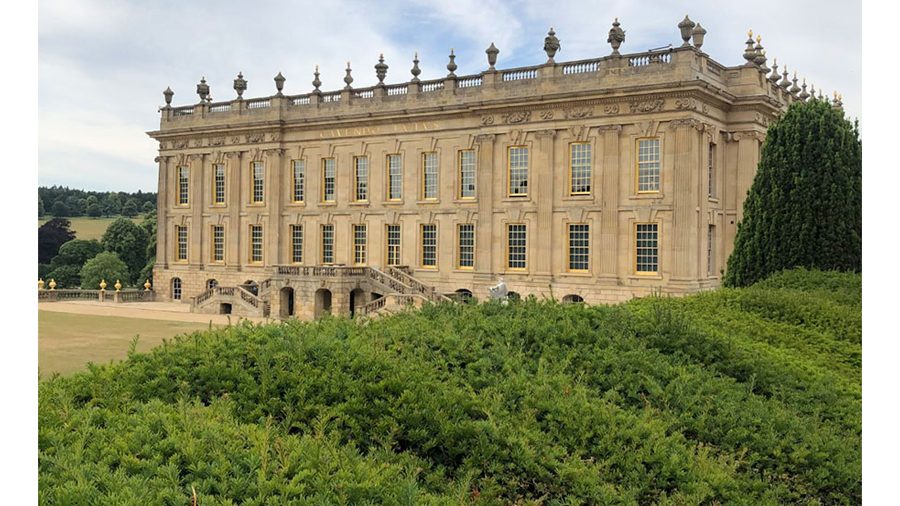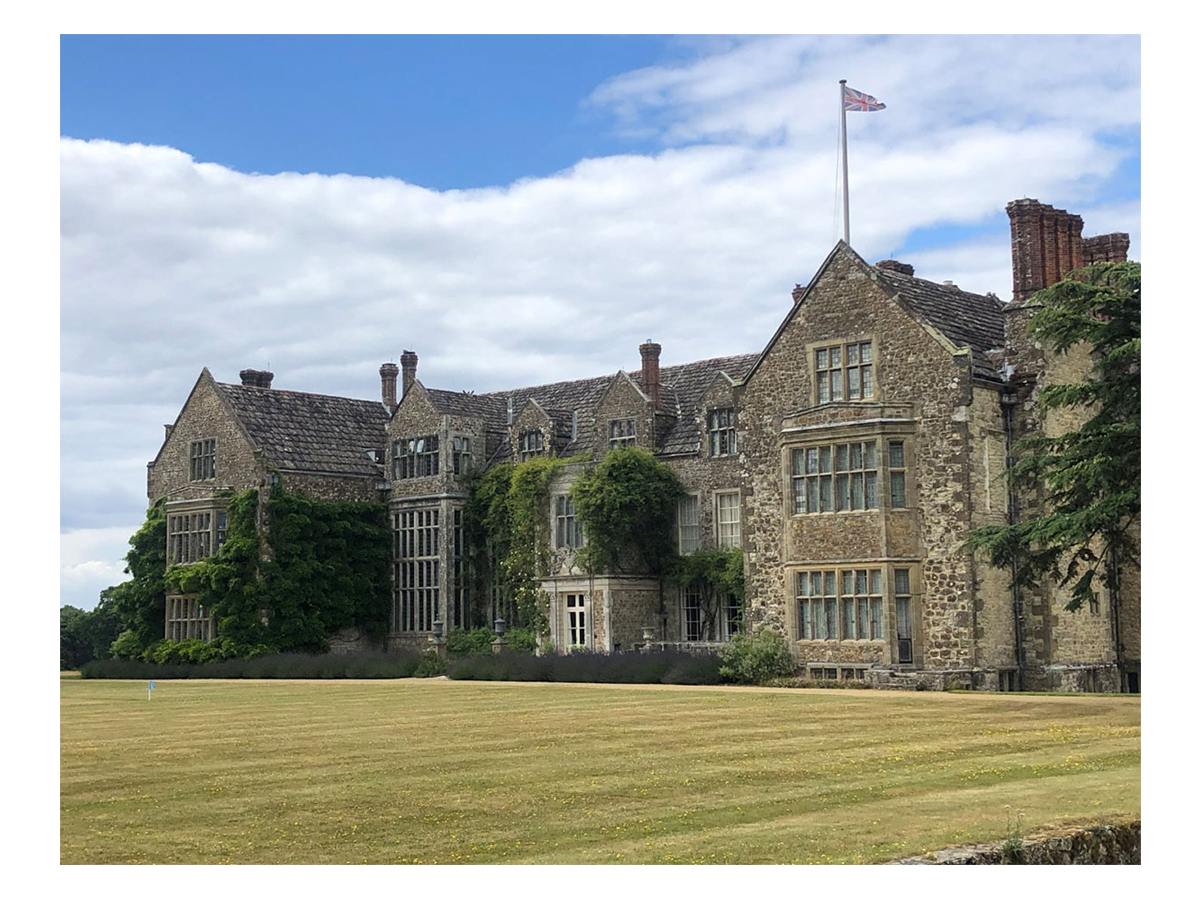The Attingham Summer School: A Study of Historic British Collections
Ahead of Hindman’s decorative arts auctions next week, Corbin Horn, Vice President and Senior Specialist of European Furniture & Decorative Arts, reflects on his time attending the Attingham Trust’s Summer School in England. As one of the most respected programs for those working in museums, decorative arts, and preservation, this 18-day course gave Horn and his fellow students the opportunity to explore renowned country houses in Sussex, Oxfordshire, Derbyshire, Northamptonshire and Yorkshire, and also attend seminars to learn from other professionals in the field. From visiting the legendary Chatsworth House to learning from curators and scholars, Horn provides more insight on this memorable experience.
Q. What is the Attingham Trust, and what is the mission of their Summer School course?
A. The Attingham Trust is an educational charitable organization founded in 1952 in the United Kingdom. For 70 years they have offered specialized courses for professionals engaged in the care, study and interpretation of historic houses and their collections. The most intensive of these courses is the Attingham Summer School.
I have known of the Attingham School for many years, and I was encouraged by Hindman’s CEO to apply. The program’s main purposes are to examine the architectural and social history of British country houses, to study the contents of these buildings and their surrounding landscapes, and to encourage debate on the conservation and presentation of these collections today. I was accepted to the program in 2020, and after two years of COVID postponements, I spent 18 days in England with 47 other museum, architecture and preservation professionals visiting houses throughout the counties of Yorkshire, Derbyshire, Oxfordshire, Northamptonshire and Sussex.

Q. As one of Hindman’s Specialists in European Furniture & Decorative Arts, what intrigues you about these houses? How will the Attingham experience influence your career moving forward?
A. Any person engaged in stewardship of 17th and 18th century Decorative Arts will be intrigued by great houses. The stately homes of Europe were the patrons of those craftspeople. The objects which we antiquarians study and collect today were, in most cases, originally supplied for the owners of country houses in Europe and the United Kingdom.
Hands-on experience with collections that have been undisturbed for 400 years was invaluable. In the auction and appraisal industries, much of our work involves writing about the condition of objects and identifying what alterations have taken place during the centuries. The opportunity to handle an object in the same condition as when it was first made is a rare one, indeed.
My most meaningful takeaways from the Summer School are the relationships to people. I was able to network with Curators and Scholars at all levels of career experience from around the world, but also to engage with others and understand how each of us views and interprets works of art and historic objects differently.

Q. What were highlights of the Summer School experience?
A. There were so many highlights, and it would be hard to choose a favorite site. Wentworth Woodhouse near Rotherham is a fascinating cross section of a nearly-ruined country house, the result of a lost family fortune and of a community’s shift away from coal mining. The house was recently purchased by a newly-formed preservation trust and is still in the early stages of revitalization.
Chatsworth House is probably England’s best-known stately home, still owned and inhabited by the Cavendish family since 1549. The home features an extensive contemporary art collection which has been assembled by the present Duke of Devonshire and is incorporated throughout historic rooms in whimsical ways. Chatsworth is a massive operation, covering 105 acres and employing hundreds of staff members.
Uppark House, situated in West Sussex, is a late 17th century home and National Trust property which suffered a catastrophic fire in 1989. Thankfully, much of its collection was saved because visitors at the house volunteered to hand-carry its contents onto the lawn during the fire!
Mostly I learned that, although these houses were built in extremely remote locations, they were not isolated. They were socio-economic engines that powered cities and villages across the country, and sometimes the world. British country houses are seats of history spanning multiple centuries.

Q. You have several auctions coming up this Fall season. What can bidders expect from them and are there any lots about which you are particularly excited?
A. Our October 18-19 European Furniture & Decorative Arts sale features property from various owners throughout the United States. Michael L. Wilkie, late owner of one of the most renowned penthouses in Chicago and the nation, resided at 1500 North Lake Shore Drive, a Rosario Candela building. Wilkie’s pair of massive giltwood sofas, lot 1052, date to the mid-18th century and have carved details in the manner of William Kent. They were unquestionably made for the state rooms of an English country house. I wish we knew which one.
I am also looking forward to our October 18 auction of Gold Boxes and Vertu from the Estate of a Prominent Kansas City Collector. Hindman Senior Specialist Nick Coombs has masterfully researched and catalogued this collection, which is centered around 18th and 19th century snuff boxes, boîtes-à-portrait, nécessaires and more. Collecting vertu objects was a gentlemanly pursuit enjoyed by the owners of great houses throughout Europe.